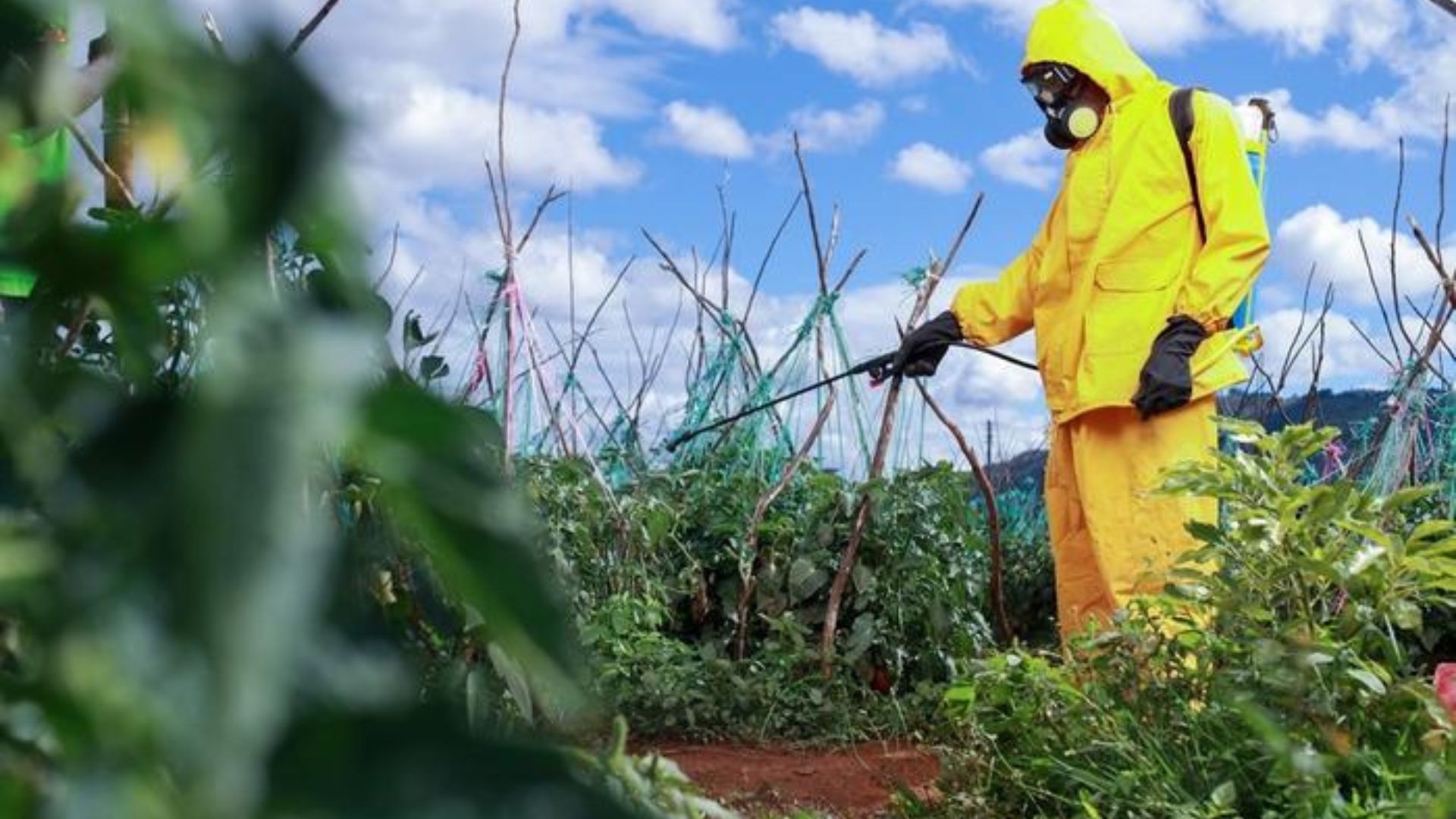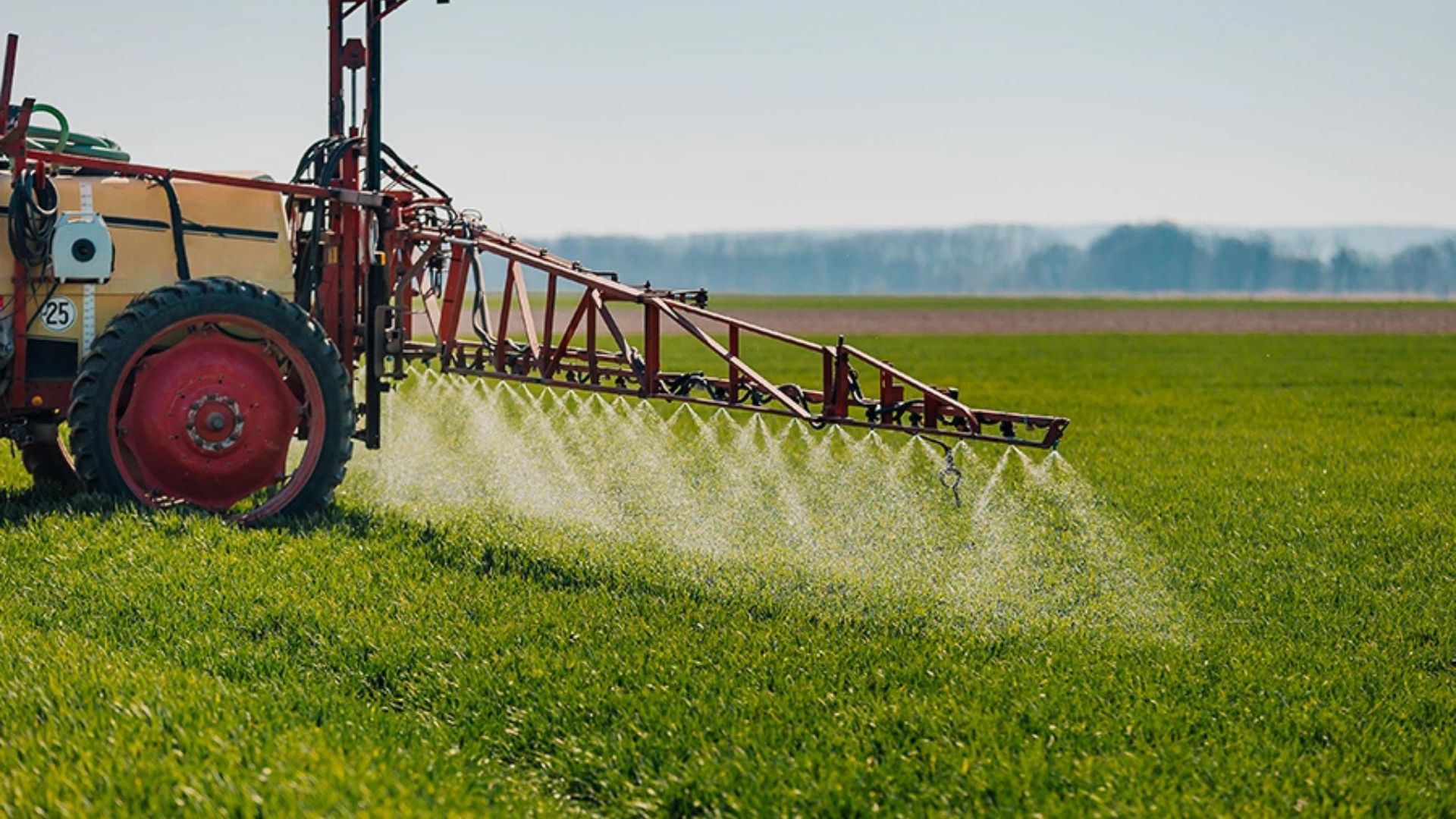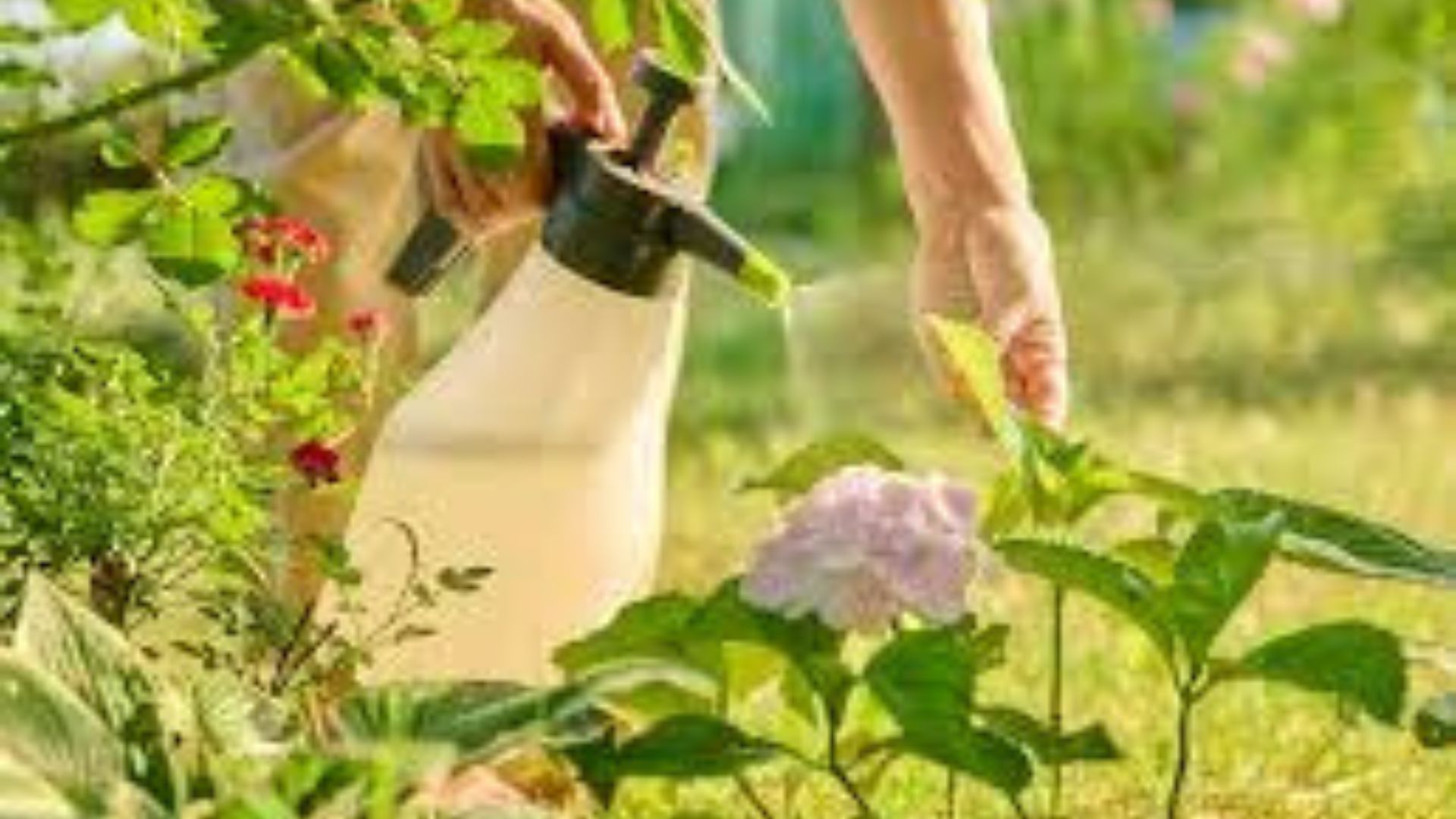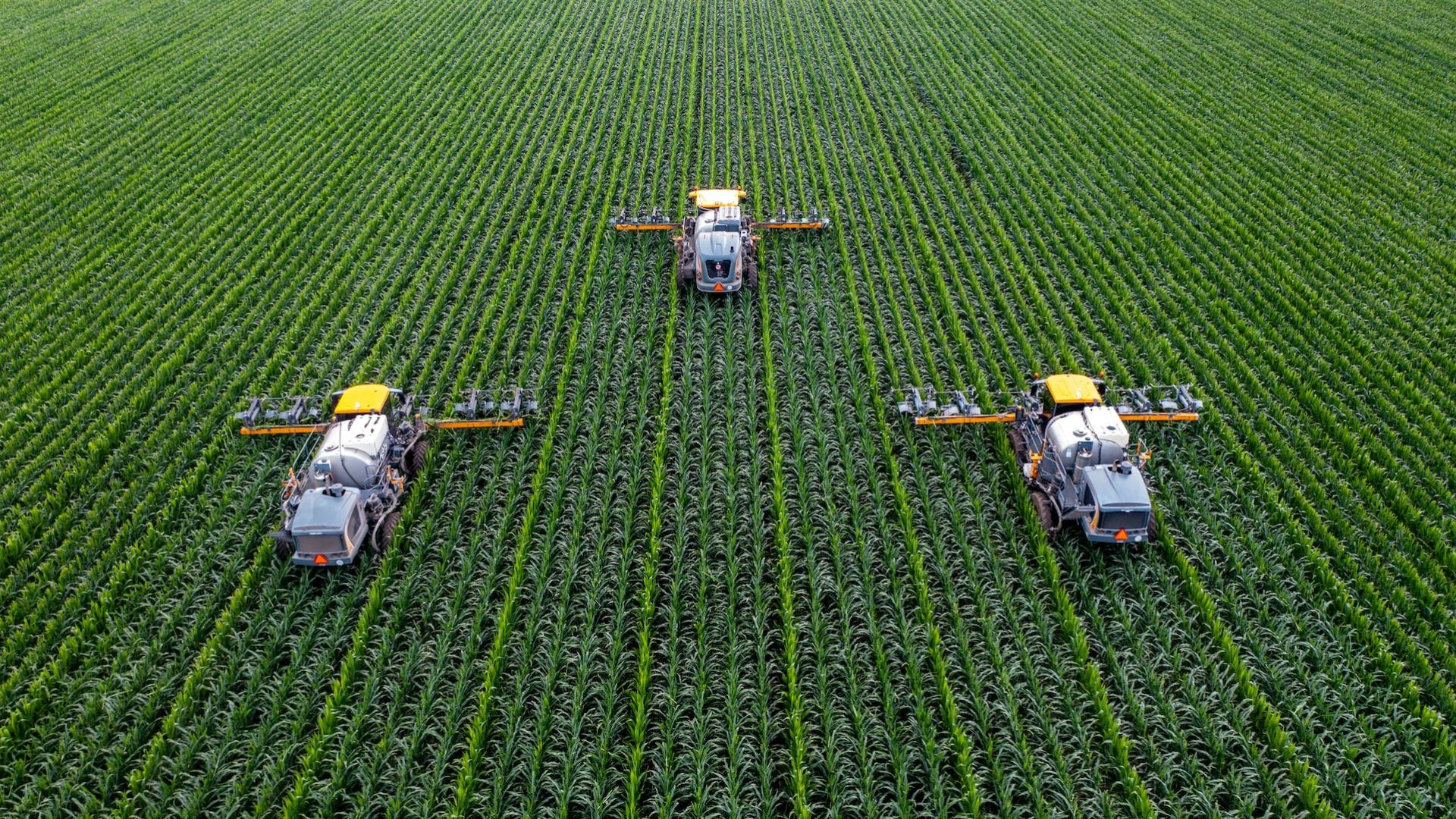Reducing chemical use on small farms is not only better for the environment, but also for the health of the farmer, the consumer, and the surrounding ecosystem. Excessive use of synthetic fertilizers, pesticides, and herbicides can lead to soil degradation, water pollution, and pest resistance. Fortunately, there are practical and affordable ways for small farmers to cut back on chemicals while still maintaining good yields.
In this guide, we’ll explore proven strategies that small-scale farmers can apply step by step.

Understand Why Reducing Chemicals Matters
Before changing any practice, it’s important to understand why chemical reduction is necessary. Chemical fertilizers and pesticides may offer quick results, but they come with long-term consequences:
-
Soil loses its natural fertility over time
-
Pollinators and beneficial insects are harmed
-
Health risks increase for those handling or consuming chemically treated produce
By moving toward natural and sustainable methods, small farmers can build long-term resilience, reduce costs, and produce healthier crops.
Start With Soil Health
Healthy soil is the foundation of a low-chemical or chemical-free farm. When the soil is rich in nutrients and microbial life, plants become naturally stronger and more resistant to pests and diseases.
To improve soil health:
-
Add compost or organic manure regularly
-
Practice crop rotation to prevent nutrient depletion
-
Use cover crops like clover or rye to enrich the soil and suppress weeds
As a result, plants require fewer chemical inputs because the soil already provides what they need.
Use Natural Fertilizers and Amendments
Rather than relying on synthetic fertilizers, small farmers can switch to natural alternatives that feed the soil and plants without harmful side effects.
Some effective options include:
-
Compost made from food waste, leaves, and manure
-
Vermicompost, or worm castings, which are rich in nutrients
-
Bone meal or rock phosphate for phosphorus
-
Wood ash or seaweed for potassium
Additionally, these amendments release nutrients slowly and improve soil texture over time.
Implement Integrated Pest Management (IPM)
Instead of spraying pesticides at the first sign of pests, Integrated Pest Management offers a smarter, step-by-step approach.
Here’s how IPM works:
-
Monitor pest levels regularly
-
Use physical barriers (like nets or traps) when needed
-
Introduce beneficial insects, such as ladybugs or parasitic wasps
-
Apply natural sprays, like neem oil or garlic-chili spray, only as a last resort
This approach significantly lowers chemical use while keeping pest populations under control.
Practice Crop Rotation and Polyculture
Planting the same crop repeatedly in the same spot attracts pests and diseases that target that crop. To avoid this, rotate crops each season.
For example:
-
Plant legumes one season to add nitrogen to the soil
-
Follow with leafy greens or root vegetables
Furthermore, planting different crops together (polyculture) confuses pests and reduces the risk of outbreaks. As a bonus, it also supports biodiversity.
Use Mulching to Control Weeds Naturally
Weeds are a major reason why farmers turn to herbicides. However, mulching provides a natural way to suppress weeds and maintain soil moisture.
You can use:
-
Straw
-
Dry leaves
-
Grass clippings
-
Wood chips
Moreover, mulch breaks down over time and adds organic matter to the soil—improving soil health while keeping weeds in check.
Grow Pest-Repelling Plants
Some plants naturally repel pests and can be planted alongside crops as a protective barrier. This method is known as companion planting.
Here are a few examples:
-
Marigolds deter nematodes and aphids
-
Basil repels mosquitoes and flies
-
Garlic wards off many harmful insects
By adding these plants around crop beds, farmers can reduce the need for insecticides.
Collect and Use Rainwater
Over-reliance on irrigation systems can encourage chemical runoff, especially when using liquid fertilizers. By collecting and storing rainwater, farmers can:
-
Reduce runoff
-
Control water quality
-
Prevent chemical buildup in the soil
Using cleaner water also supports plant health, making them less vulnerable to disease and pests.
Educate and Keep Records
Transitioning away from chemical farming doesn’t happen overnight. Therefore, it’s important to keep detailed records of what works, what doesn’t, and what pests or problems arise. This helps farmers adjust practices and improve over time.
Additionally, attending workshops or talking to other farmers using natural methods can provide practical tips and inspiration.
Start Small and Scale Gradually
Reducing chemical use doesn’t have to be all-or-nothing. In fact, the most successful transitions happen gradually. Farmers can start by:
-
Choosing one field or crop to manage without chemicals
-
Testing natural alternatives before replacing chemical treatments completely
-
Measuring results season by season
Over time, as confidence and knowledge grow, full chemical-free farming becomes more realistic and rewarding.
Conclusion
Reducing chemical use on small farms is both practical and beneficial. By focusing on soil health, natural pest control, and smarter planting practices, farmers can grow healthier crops without harming the land or environment.
Though it may take time and effort to transition, the results—better soil, safer food, and stronger ecosystems—are worth it. With each step, small farmers become part of a larger movement toward sustainable, responsible agriculture that supports people and the planet.










